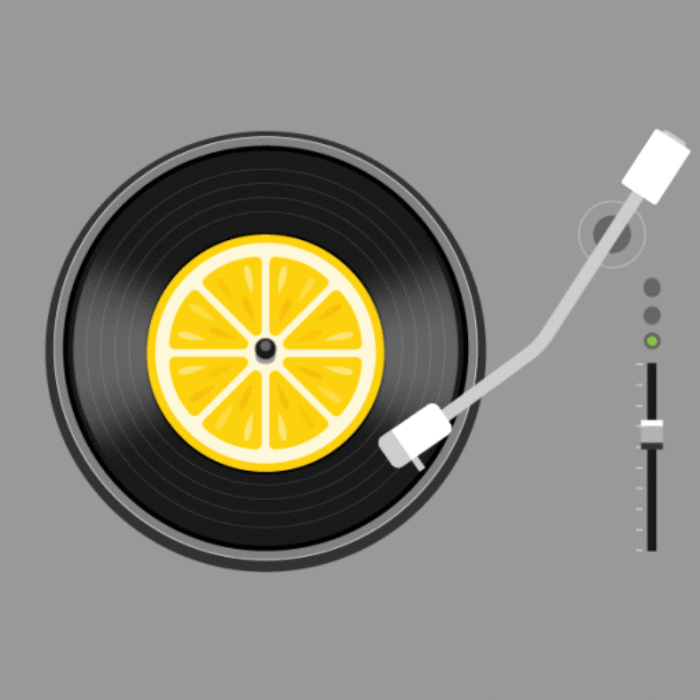The behavioural science behind user experience
7 cognitive biases to help you design and achieve quality UX
There are 184 proven behavioural fallacies, biases and heuristics, and we’re discovering and defining more all the time. These mental shortcuts help us make decisions quickly and efficiently on a non-conscious level.
Here are 7 of the most applicable and powerful cognitive biases that, once understood, can help you design a user experience that’s friction-free in all the right places.
-
Status Quo Bias
People tend to prefer things the way they are, and any change from that baseline is considered a loss.
It can be tempting to want to do something revolutionary, but it’s easier for users to adapt to updates than entirely new and unfamiliar interfaces.
If changing an interface drastically, think about doing so gradually. Take Snapchat’s November 2017 update as a word of warning: after facing intense competition from Instagram, Snapchat drastically changed its interface. Evan Spiegel (CEO) insisted that ‘users just needed time to get used to it’ but the knee-jerk reactions from users, including an unfavourable tweet from Kylie Jenner, proved to be costly. One million people signed a petition demanding a return to the previous interface, and share prices dropped almost 8%.
If designing an interface from scratch, identify which specific elements should function in a familiar and intuitive way, and which elements you have more creative freedom to adapt to purpose.
The navigation for a website, for example, is usually positioned at the top, and there’s usually a clickable logo in the top left or centre. Not only is it a good idea to keep these elements because they’re prototypical – eyes fixate where they expect the information to be – but because they cater to the natural patterns of our eyes when they skim over a webpage: as evidenced by the F and Z shapes from eye tracking.
-
Absent Mindedness and the Halo Effect
People are susceptible to distraction. Nowhere is this more true than on the internet. That’s why it’s important to make a good first impression.
The Halo Effect dictates that feelings in one area can cause ambiguous or neutral traits to be viewed in a positive light, and conversely, if an aspect is disliked, it will be viewed with a negative predisposition. So a good first impression isn’t just important for encouraging users to stay on your website, but it could be the difference between them liking or disliking it.
What makes a good first impression? First impressions are based on our two most primal instincts – to procreate, and to stay safe – in other words, attractiveness and trustworthiness. And, at least when it comes to websites, attractiveness comes first. Studies suggest that even if a page has poor usability, users will still like it if they find it attractive.
Our pre-attentive processing perceives colour first, followed by form, and then movement.
-
Authority Bias
People tend to attribute greater accuracy to the opinion of an authority figure, irrespective of content, and be more influenced by that opinion. That’s why testimonials, awards, press recognition, and social media are so valuable.
Similarly, case studies are an excellent way to not only show off the work that you’ve done, but the high profile companies and people you’ve worked alongside. This all helps build trust and legitimacy.
But be warned, trustworthiness isn’t something people often actively look for, it’s a non-conscious motivator. Don’t hide testimonials away on a separate page, make them salient on a relevant page that the user will actively be looking for.
-
Peak Shift Effect
People evolve to visually recognise stimuli for pleasure, but the rules for recognition are often based on simplified codes.
Take, for example, newborn herring gulls. They peck the red dot on their mothers beak when they want to be fed. Put a stick with three red stripes in front of them though, and you’ll send them into a frenzy. It’s a super stimulus.
The same works on humans too. Test, test, test. Find the elements that elicit the desired response from your users, and exaggerate them for an enhanced user experience.
-
Reactance
When a user is feeling heavily pressured or influenced to adopt a certain view or attitude, they can adopt or strengthen a contrary attitude.
Take, for example, banner blindness. Banner adverts tend to get ignored and have a low click through rate because users learn to identify things that look like ads, even in their peripheral vision, and ignore them.
When a visitor’s experience strays too far from what they anticipate, they will perform actions to return to a feeling of being in control; pausing a video, for example, or exiting a page. For this reason, approach with caution when using pop-ups, long-scrolling pages, deep hierarchies, long videos, parallax scrolling, scroll-jacking, or buttons that click through to the unknown.
Don’t be afraid to label buttons with microcopy. Icons are great, and the higher the propositional density (low surface complexity, but high information content), the more satisfying an image is. Studies show that making difficult information easy to process triggers smile muscles, even before people consciously recognise the pattern or the common theme. But if the link between a shape and its purpose isn’t explicitly explained, it can be ambiguous what that button does, and can therefore be confusing.
-
Duration Neglect and the Peak End Rule
People’s judgements of the unpleasantness of painful experiences depend very little on the duration of those experiences, instead judgement is based on the emotional peak, the end, and how quickly the pain diminishes.
So, within reason, loading times aren’t as impactful on user experience as you might imagine. Loading time will be forgiven if the wait is worth it. Just remember to end strong.
An interesting visual trick to make loading time more palatable is to add a ribbing effect to your loading bar. If the ribbing is moving in the opposite direction to the progress of the bar, then it tricks users into feeling the bar is moving faster than it actually is.
-
Occam’s Razor
Simple explanations are better than more complex ones.



